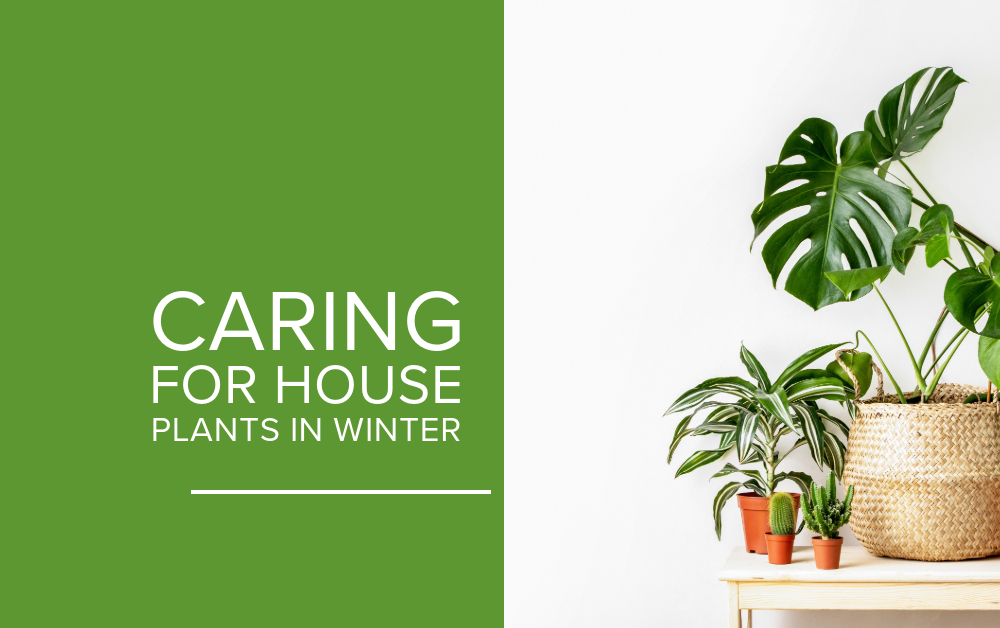How to care for house plants in winter
Caring for house plants in winter requires a bit of extra attention because the conditions in your home change with the season. Lower light levels, cooler temperatures, and drier air can all affect the health of your plants. Here are some essential tips for keeping your house plants happy and thriving through the colder months:
1. Adjust Watering
- Water less frequently: Many house plants enter a period of dormancy during winter and require less water. The reduced light and lower temperatures mean that the soil will dry out more slowly. Always check the moisture level of the soil before watering—if it’s still damp, wait a few more days.
- Avoid overwatering: Overwatering in winter is a common mistake. It can lead to root rot because the plant isn’t actively growing and can’t absorb water as efficiently. Ensure your pots have good drainage to prevent water from sitting at the bottom.
2. Provide Adequate Light
- Maximize available light: Winter days are shorter and often cloudier, so place your plants in the brightest spots available, typically near south- or west-facing windows. If natural light is limited, consider investing in grow lights to supplement daylight.
- Rotate plants: To ensure even growth, rotate plants regularly so all sides get exposure to light.
3. Maintain Humidity
- Increase humidity: The air in most homes becomes much drier during the winter due to heating. Many tropical plants, in particular, thrive in a humid environment. You can increase humidity by:
- Using a humidifier in the room where your plants are.
- Grouping plants together to create a microenvironment with more moisture.
- Placing plants on a shallow tray filled with pebbles and water, ensuring the bottom of the pot doesn’t sit directly in the water.
- Misting your plants lightly with water (though be cautious with this method, as it’s not a substitute for consistent humidity).




















